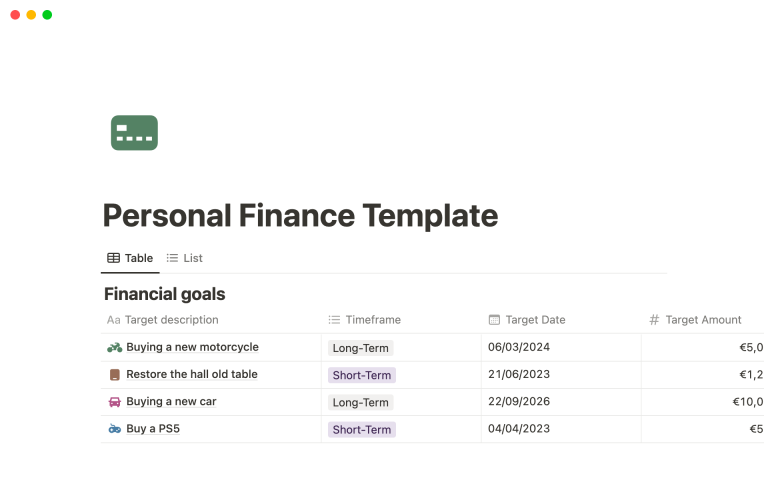Retirement—the moment you’ve been planning for all your working life. It’s a time to relax, travel, and enjoy the fruits of your labor. But before you put your feet up and pop that well-deserved champagne, it’s crucial to ensure that your financial landscape is solid. One of the essential tools at your disposal is the Thrift Savings Plan (TSP). Understanding the best TSP investment strategy for retirees can significantly impact how securely you enjoy your golden years. By making informed decisions, you can maximize your retirement savings, ensuring that money is the last thing you worry about as you enter this exciting chapter of life.
The Best TSP Investment Strategy for Retirees: Understanding the Basics
The Thrift Savings Plan is a retirement savings plan designed for federal employees and retirees. Much like a 401(k) plan found in the private sector, it allows participants to save and invest for their retirement. However, making the most of your TSP requires more than just contributing money. It’s about choosing the right investment strategy to suit your unique financial goals and lifestyle needs.
Key Principles of the Best TSP Investment Strategy for Retirees
When strategizing, consider these fundamental principles that will guide you toward maximizing your TSP investment:
- Diversity: Diversification is crucial for minimizing risk. The TSP offers a variety of funds, from government securities to common stocks.
- Time Horizon: As a retiree, your time horizon may significantly differ from that of a younger investor. Typically, retirees are focused on preserving capital rather than aggressive growth.
- Withdrawal Strategy: Having a well-thought-out withdrawal strategy is necessary to prevent depleting your funds prematurely.
- Market Understanding: While the market can be unpredictable, understanding trends can help you make informed decisions about your investments.
Image of Strategy: The Best TSP Investment Strategy for Retirees
This image illustrates the diverse options available within the TSP, showcasing how retirees can effectively allocate their funds for optimal results.
What Funds Are Available in the TSP?
The TSP offers several different funds, each with varying risk levels. Understanding the best TSP investment strategy for retirees involves knowing which funds to choose:
- G Fund: Government securities that provide a safe return with minimal risk.
- F Fund: Fixed income; it includes government bonds and corporate debts, providing stability and regular income.
- C Fund: Common stock; this fund reflects the performance of the S&P 500, making it potentially riskier but with higher rewards over time.
- S Fund: Small-cap stock; this offers investment in small companies which can yield substantial growth.
- I Fund: International stock; perfect for diversifying your portfolio globally and capturing international growth opportunities.
Assessing Your Financial Goals: Aligning with the Best TSP Investment Strategy for Retirees
Before diving into the funds available, you need to evaluate your financial needs. Ask yourself:
- What is my monthly expense after retirement?
- How long do I expect to be in retirement?
- What other sources of income do I have?
Your answers will help you determine how much you need to withdraw from your TSP and how to allocate your investments accordingly. Balancing income-producing investments with growth investments is likely your key to not running out of money too soon.
The Role of Asset Allocation in the Best TSP Investment Strategy for Retirees
Asset allocation is one of the critical aspects of the best TSP investment strategy for retirees. This involves distributing your investments across various asset categories to manage risk and return. You might consider a mix of:
- Conservative Allocation: If you prefer low risk, consider a larger percentage in G and F funds.
- Balanced Allocation: For moderate risk, you might want to incorporate a mix of G, F, and C funds.
- Aggressive Allocation: If you are comfortable with volatility for potential higher returns, consider tackling more of the C, S, and I funds.
Creating a Withdrawal Strategy: Navigating the Best TSP Investment Strategy for Retirees
Once you’ve built your portfolio, it’s essential to have a withdrawal strategy in place. The IRS allows retirees to withdraw money from their TSP accounts, but understanding how much and when can save you from incurring hefty penalties and keep your funds intact. Here are the options available:
- Lump-Sum Withdrawals: You can take out all your money at once, but this can lead to significant tax implications.
- Partial Withdrawals: This option allows you to take out smaller sums as needed, managing your tax liability more effectively.
- Annuities: Some retirees choose to convert their TSP into an annuity for a steady income stream.
Revisiting Your Strategy: The Best TSP Investment Strategy for Retirees
Your financial situation can change; life is unpredictable! Regularly revisiting and reassessing your TSP investment strategy is crucial. Mark your calendar for annual reviews to evaluate:
- Market conditions and their impact on your investments.
- Your spending habits and lifestyle changes.
- Emerging financial goals or needs.
By keeping a watchful eye on your investments, you may find that adjustments may be necessary to stay aligned with your retirement goals.
Frequently Asked Questions: The Best TSP Investment Strategy for Retirees
Let’s address some common queries that many retirees have regarding TSP investments:
- How much should I contribute to my TSP? Ideally, aim to maximize employer matching and contribute to what you’re comfortable with.
- What is the recommended age to start withdrawing from TSP? The age varies; however, the IRS requires you to start taking minimum distributions by age 72.
- Can I rollover my TSP to a different retirement account? Yes, rolling over into an IRA is possible, but make sure to keep tax implications in mind.
Finding the best TSP investment strategy for retirees is about balancing growth potential with your risk tolerance and financial needs. Keep informed, remain flexible, and consult a financial planner if you need personalized advice. By employing these strategies, you can work towards a retirement that’s as enjoyable as you’ve always dreamed it would be—financial worries aside!




